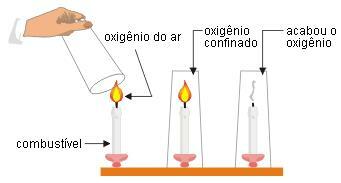Currently, several species are threatened with extinction. This means that, if effective protection measures are not implemented, these species could completely disappear from the globe.
→ IUCN Classification
The International Union for Conservation of Nature (IUCN) classifies species into nine different categories according to population structure. It is observed, for example, whether a given population has declined or not and whether it is very small. Analyzing these factors is essential to understanding the risks of extinction that a species faces.
See below the classifications proposed by the IUCN for the species evaluated:
east concern (least worry)
Near threatened(Almost threatened)
Vulnerable(Vulnerable)
Endangered(In danger)
critically endangered(Critically endangered)
regionally extinct (Regionally extinct)
Extinct in the wild(Extinct in nature)
Extinct(Extinct)
Those species included in the vulnerable, endangered and critically endangered categories are considered threatened. This means that species included in this group can easily face a process of extinction if no action is taken.
→ Examples of endangered species

The golden-headed lion tamarin is currently classified as an endangered species.
between species endangered, we can quote:
White shark(Carcharodon carcharias), which is in the vulnerable status;
hawksbill turtle (Dermochelys coriacea), also vulnerable;
Lion (panthera leo) – vulnerable;
Polar Bear (Ursus Maritimus) – vulnerable.
Already in the endangered category, we can quote:
golden-headed lion tamarin (Leontopithecus chrysomelas);
Tiger (tiger panther);
Lear's Macaw (Anodorhynchus leari);
Sauim-de-lear (Saguinus bicolor).
As an example of critically endangered species, we can quote:
Western Gorilla (gorilla gorilla);
Brazilian Merganser (Mergus octosetaceus);
Northern Muriqui (Brachyteles hypoxanthus).
By Ma. Vanessa dos Santos



